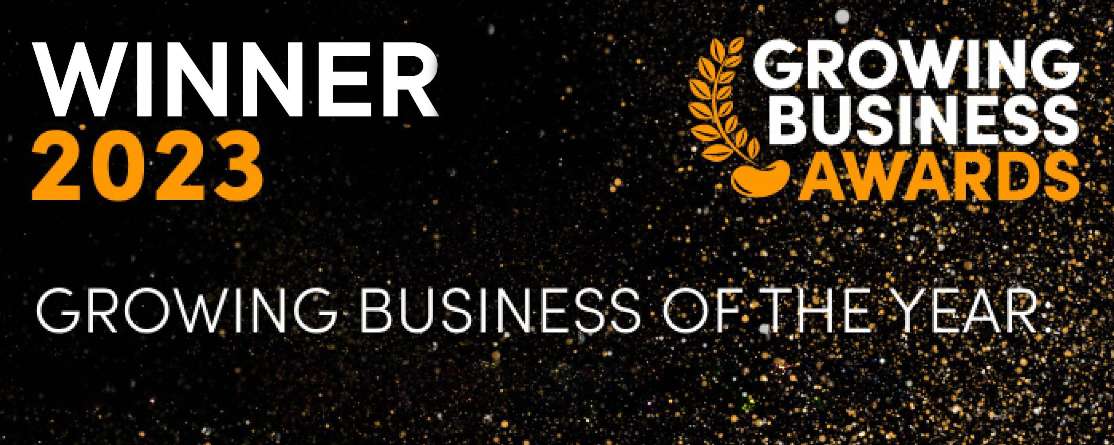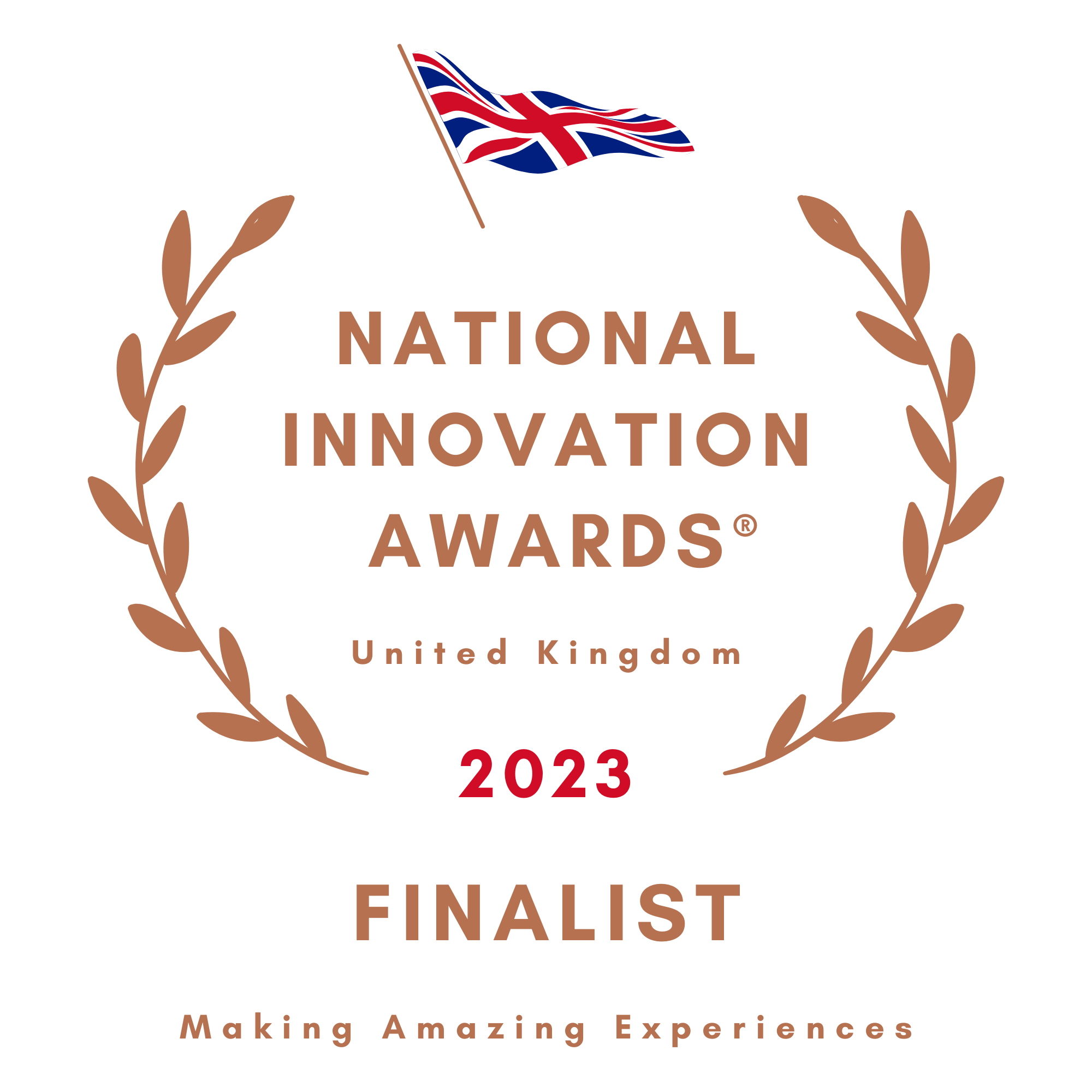Dragonfly AI is a predictive analytics platform designed to help you improve the quality and effectiveness of your creative across any format, channel and market.
Connected Creativity: A Conversation on the Future of Creative Data
Expert-led podcast discussing trending articles, and news in the AI and attention spaces.
.png?width=1920&height=1920&name=Intro_square%20(24).png)
Webcasts led by experts
In this episode of Game of Attention, we explore how creative and data teams can work together in a connected way, without losing the magic of human intuition.
Host Giles Smith is joined by two industry experts: Akshay Sardesai, VP of Marketing at Reckitt, and Dr. Alistair Goode, Cognitive Scientist at Dragonfly AI. Together, they share how brands are breaking down silos, embedding AI in creative workflows, and finding the balance between art and science in marketing.
If you’ve ever wondered how to integrate data into creative processes without stifling originality, this episode is for you.
Q: What do successful integration of creative, media, and data teams look like today?
Akshay: A few years ago, this wouldn’t even have been a question. Marketing traditionally relied on specialist groups, brand teams, creative agencies, media agencies, analytics, all working independently. The system was built for specialization, not speed.
But today’s market demands agility. To keep pace, companies are shifting towards end-to-end integration. They’re in-housing capabilities that used to sit with agencies; creative production, media buying, analytics. This connected structure allows for faster decision-making, iterative testing, and optimization across the whole creative funnel.
Of course, it’s not without challenges. Legacy mindsets, rigid organizational structures, and a lack of talent with cross-functional expertise in slow adoption. Building integrated teams isn’t just about reorganizing, it requires new systems, talent development, and decision-making frameworks. Change is happening, but it’s gradual.
Ali: From a cognitive science perspective, I see those bottlenecks too. Creative teams often thrive on spontaneity and inspiration. Integrating data and insights into their process requires careful handling. The bigger challenge is understanding why certain creative ideas work. Creatives can often tell you what works but not necessarily why. That diagnostic insight is key to improving effectiveness.
Q: What role should AI and technology play in creative workflows?
Ali: First, let’s remember that AI is artificial intelligence, not human intelligence. It’s brilliant at learning rules and recognizing patterns, like what grabs attention, or how certain designs influence memory. For example, we know from psychology that repetition, rhythm, and simplicity enhance recall. These insights can be embedded in AI to support creative teams.
But AI won’t create an emotional connection that only humans understand. It can act as a mediator, testing, optimizing, and scaling ideas, but the spark of creativity still comes from people.
Akshay: Marketing has always been both art and science. AI is transforming the science insight generation, content testing, predictive modeling. It helps marketers make faster, more confident decisions. Years ago, the highest-paid person in the room often had the final say. Now, we can test gut feel with data, reducing subjectivity.
But the art remains a human discipline. Creativity influences culture, shifts behaviors, and sparks emotions in ways algorithms can’t yet replicate. AI augments the process but doesn’t replace human intuition.
Q: How do we avoid data and AI stifling creativity?
Ali: I’d flip that question: isn’t gut feel sometimes the thing that stifles creativity? I’ve seen campaigns derailed because of one person’s hunch. AI isn’t about replacing instinct, it’s about preventing those big, costly mistakes.
The key is balance. AI has enough flexibility to avoid cookie-cutter solutions. And when used well, it can help creatives explore more ideas faster.
Akshay: I agree. In the upstream part of the creative process, inspiration and gut feel lead. You don’t want to outsource big ideas to AI, it’s not there yet. But as you move downstream, evaluation, optimization, scaling, AI can play a huge role.
Previously, brands waited months (and spent millions) before learning if a creative idea worked. Now, AI tools let you validate concepts early, fail fast, and pivot. This protects creative teams from investing too much in ideas that won’t resonate.
Q: What does the future of connected creativity look like?
Akshay: AI will become embedded across every stage of the creative process. From generating insights and screening ideas to refining and scaling campaigns, AI will be a constant companion. The challenge is ensuring it remains a tool, not the driver. Big ideas should still come from human intuition, with AI validating and refining them.
Ali: Creatives shouldn’t fear science; it doesn’t kill creativity; it enhances it. Understanding why their gut instincts work gives them more confidence to push boundaries. AI enables that by bringing insights to scale while leaving the creative spark intact.
Thanks for tuning in!
This episode of Game of Attention offers a fresh perspective on how brands can blend data, AI, and human creativity to design for impact.
Listen to the full conversation on Spotify or watch it above for more insights into the future of creative effectiveness.
Don't forget to subscribe here.
Stay curious. Stay creative. Stay connected.


